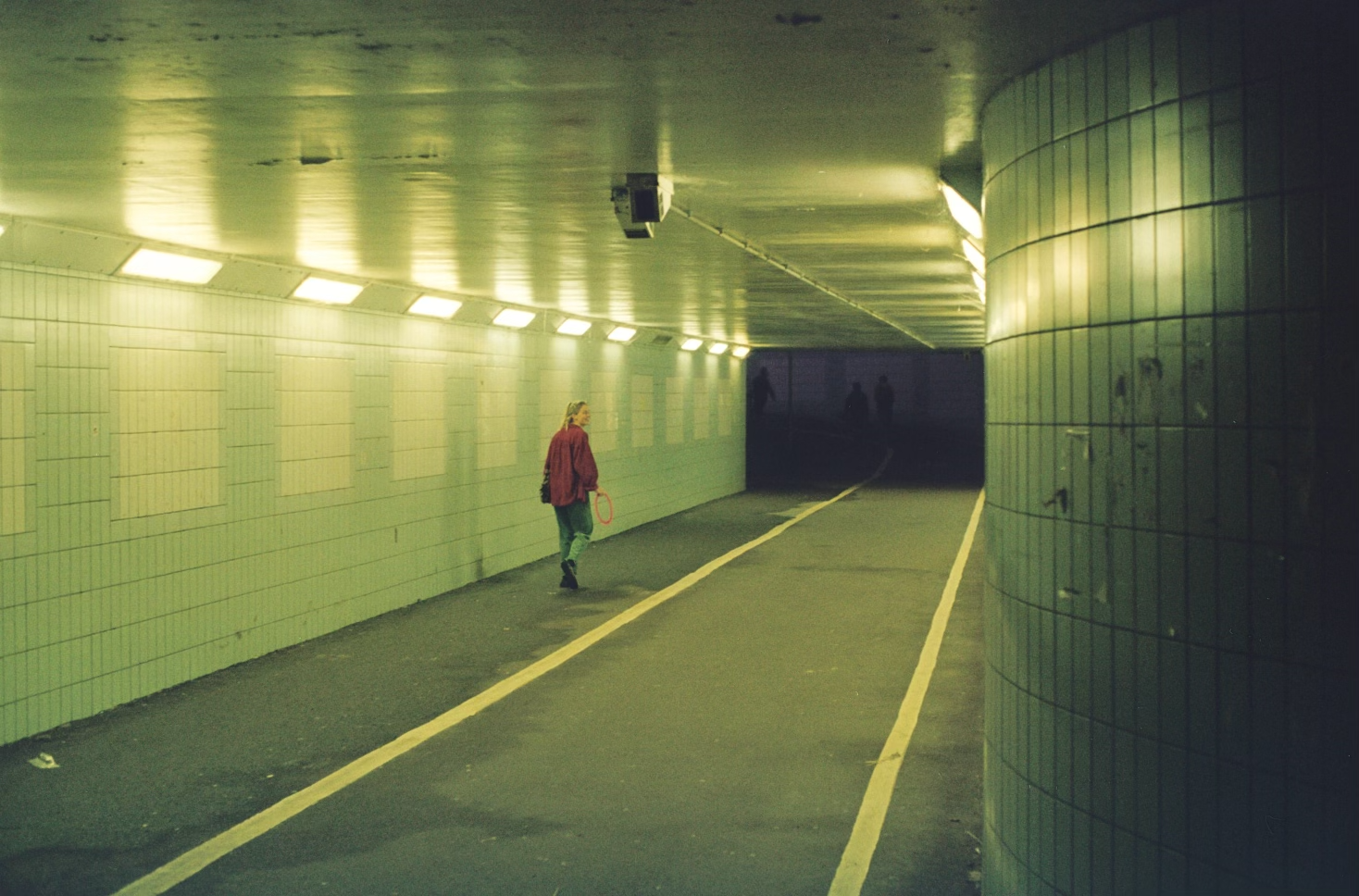By Nicole Quy, Co-Editor In Chief
The prospect of liminality may be defined as ‘occupying a position at, or on both sides of, a boundary or threshold’, but in an era which has been characterised by a sense of the heimlich- to borrow from our German friends . The familiar nature of isolation and the solitary mean that the word has now become more associated with the idea of ‘liminal spaces’.
Across the internet, in the form of both real and fashioned images, ‘liminal spaces’ can be found. On various social media platforms, users post contextless eerie pictures and videos that attempt to capture a state of being in-between: at once the unknown but inexplicably familiar. Children’s public swimming pools, suburban towns and empty offices make up just a portion of the vast array of ‘backrooms’ that exist online, with the attempt of conjuring simultaneous unease and comfort in their viewer, always garnering a reaction that seems so visceral, and yet remains almost unanimous. Their universal compelling nature lies, undoubtedly, in their creepiness, so why, then, is the aestheticism of liminal spaces seeing such a surge in popularity online?
Positioning themselves amongst feeds and pages full of subcultures and microtrends, perhaps it is, in fact, that liminal spaces have a particular resonance with our current mode of being: they represent the strange solace of being on the threshold of monumental change- a moment of transition. And, no doubt, we are living in an age that is underpinned by a feeling of rapid transition.Where decades bygone are often conceptualised in their entriety by a paricular image, sound, or feeling, the most recent few years have felt, at times, like a near excruciating explosion of everything all at once. A multitude of culture, innovation , technology and trends, the frenzy with which the world has returned to productivity can, when conceptualised, amalgamate as phsycial strain and tension, like pent up energy needing to be displaced. Liminal spaces appeal to this, offering a physical manifestiation for us to relate this struggle to.
There are, of course, real, tangible reasons for why an impending sense of radical change is present, even if subtle, in most of us. But, as is often the case, it is perhaps easier to identify with a general feeling amongst the entire population in the present day, that something, though we are not sure what, is about to happen. Or perhaps that something should happen.
It could be then, that the dichotomy of stagnancy and progression which liminal spaces epitomise, reflect our growing sense of dissatisfaction and paralysis in the world: anxieties that systems of labor and public health and politics are broken, but how do we change this? These spaces serve as, if uncomfortable, a reminder, of how small we may be.

Regardless, liminal spaces seem to acknowledge that the world is in a state of transition, and therefore so are we. Many of us seem to feel that the pace of our lives is becoming harder and harder to keep up with, and yet reality feels unnervingly unchanged. And so, as we wait for a precognitive turning point to come, liminal spaces make the anticipation of our anxieties, excitement, and general restlessness visible, and reaffirm, through their ubiquity, that others are looking at the world the same way.
Featured Image: Kirkland









